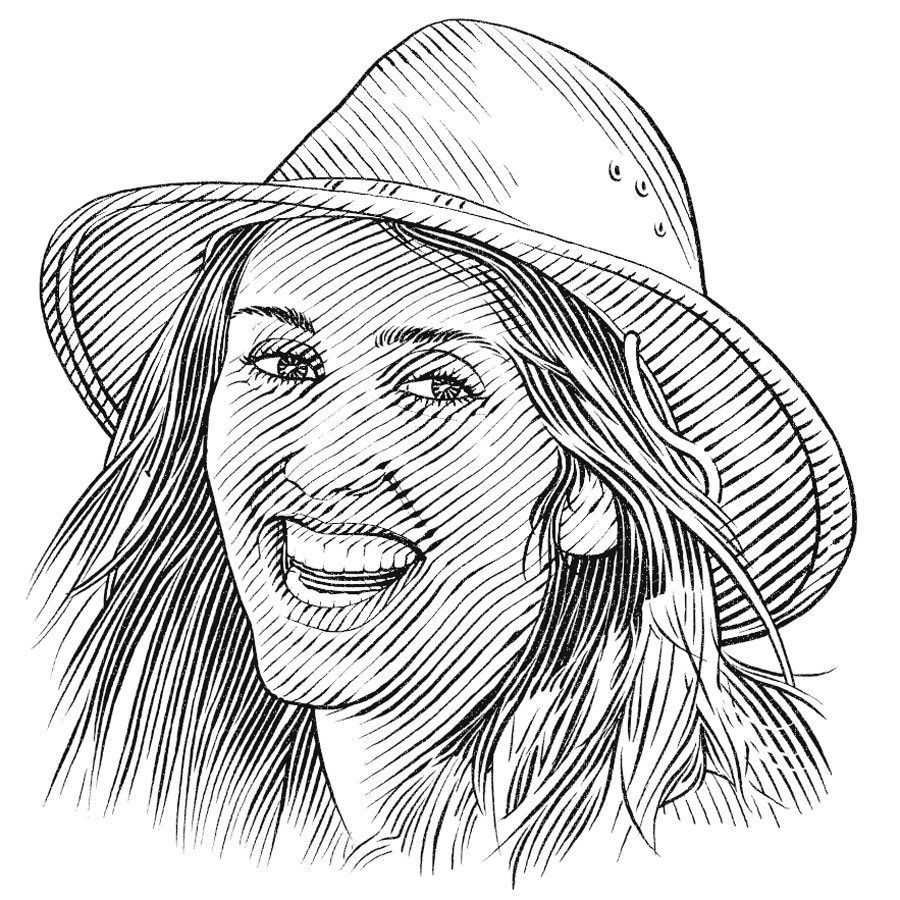The big BRUV
Curious about life at the bottom of False Bay? Lauren’s underwater video cameras show us which sharks and fish have made it their home. This simple system can be replicated to give us a glimpse of underwater worlds across South Africa.
For a girl born inland and raised on red African soil, it’s a bit of a journey down to the sea. However, every day sees me fall a little more in love with our planet’s wildest spaces – so it was almost inevitable that I would end up at that last great blue wilderness: the ocean. My research career to this point has been nothing if not eclectic – a good indication of my love of learning and my addiction to the outdoors!
When I moved to the coast for university, my first bumbling attempts...
Baited remote underwater video (BRUV) assessment of False Bay ichthyofauna
To deploy baited remote underwater video (BRUV) stations in False Bay, providing the first comprehensive survey of fish and sharks across all habitats.
South African inshore fisheries collectively account for the capture of more than 600 fish and shark species, but the logistics associated with long-term monitoring mean that the conservation status of less than 20 of these species is adequately assessed. BRUV technology represents a more cost-effective, time-efficient method of data collection with a low environmental impact that can be used for long-term ecosystem assessments.
Current monitoring techniques for fish populations in South Africa (SCUBA surveys and controlled angling surveys) are expensive, reliant on skilled labour, and usable only to certain depths and in particular ocean conditions. BRUV technology is evolving rapidly as camera technology becomes more affordable and increases in resolution quality.
The concept is simple: fish are attracted within the field of view of an underwater camera, and the footage is brought ashore to be analysed. The use of GoPro HD cameras attached to easy-to-deploy rigs takes advantage of easy-to-access technology and adds an innovative tool to existing monitoring methods. To maximise data collection, multiple camera rigs are buoyed off to film fish in False Bay simultaneously for one hour each.
The development of this methodology will provide conservation agencies and marine protected area (MPA) managers with a time-efficient tool that eliminates some of the obstacles that currently hinder sustainable monitoring of our fish populations. This False Bay survey will directly impact the future of affordable, sustainable underwater monitoring in South Africa. Beyond its scientific scope and relevance, the project will impact the way marine environments – and particularly MPAs – are understood and accessed by the public. Video footage used as scientific data plays an equally important role in education, making False Bay and its life a tangible reality that the public is both privy to and responsible for. This project offers a phenomenal opportunity to close a gap between scientists, fishers and the public, while obtaining sound scientific data that will guide conservation decisions in one of South Africa’s most utilised and valuable coastal bays.
The general aim of this project is to provide a video-based survey of sharks and fishes in False Bay, with the following objectives:
- Obtaining measures of species richness and community composition of sharks and fishes in False Bay.
- Assessing relative abundance of commercially targeted and conservation-interest species.
- Providing educational videos of False Bay’s marine life.

